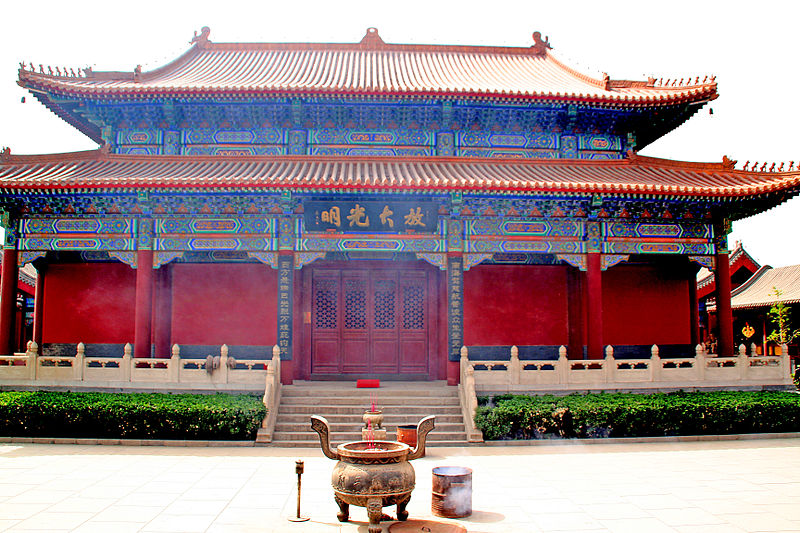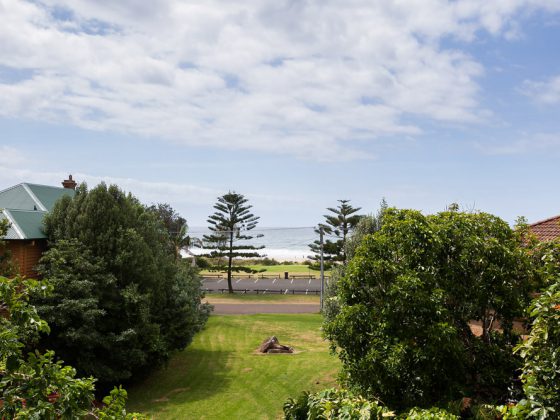
Located in the small town of Jixian in Ji County, is an ancient 1000-year old Buddhist temple, said to be the oldest surviving wooden structure in Asia. The Dule temple, which mean ‘Solitary Joy’ temple in English, is a world heritage site, and holds great importance as both an historical and architectural site in China. Most travellers to the area come from Tianjin city, situated 2-hours south of Jixian; if you’re based in one of the hotels or serviced apartments in Tianjin, such as the Somerset Olympic Tower Tianjin, for instance, the best way to visit the temple is to travel early morning to avoid traffic and give you more time to view the site without the crowds.
The temple dates back to the Tang dynasty, however no construction from that period remains standing as most was ruined during the crack down on Buddhism between 841-846. The oldest structures are now the central Guanyin pavilion, the Shan gate and two timber buildings which were erected when the temple was undergoing renovations, during the Liao Dynasty. The temple is separated into four main areas; the Shan gate in front, the central Guanyin pavilion, and the east and west halls.
The Guanyin pavilion is the highest and oldest example of a two-story timber structure in the country. Made up of five single-eave roofs and over 1000 individual pieces; the pavilion is home to a beautiful, 16-meter-tall clay statue of Avalokitesvara, the goddess of mercy. The statue of Avalokitesvara is reported to be the best surviving example of Liao sculpture. A finely crafted image of a lady with a serene look on her face, and on her crown sits ten small Buddhas, giving her the name “eleven sided bodhisattva”. The interior walls of the pavilion are covered with intricately painted, colourful murals depicting Buddhist imagery.
Fritzjames Stephen is a travel writer, who writes content based on the myriad of experiences and indulgences that the world has to offer travellers across all walks of life.








